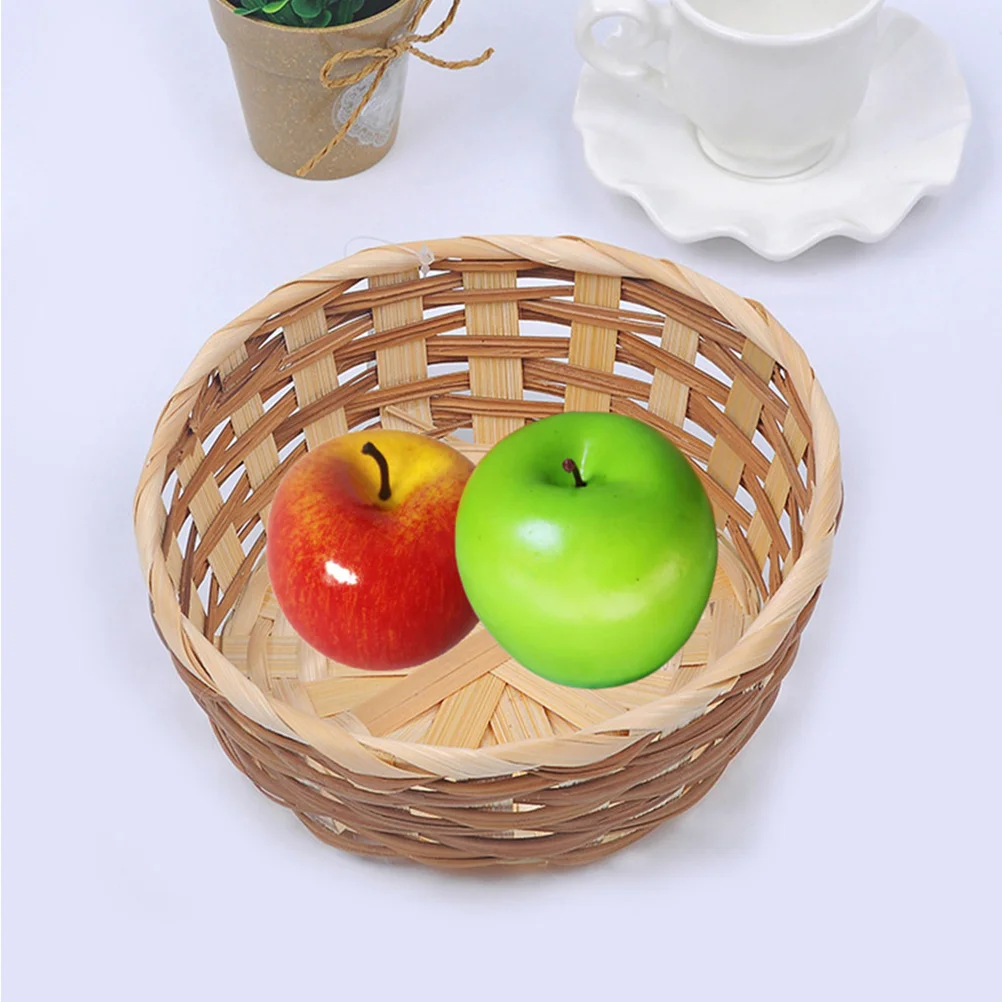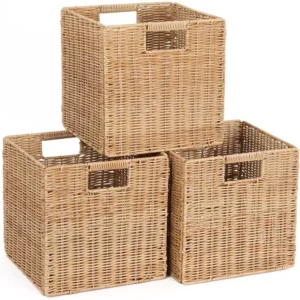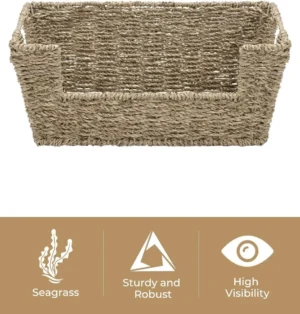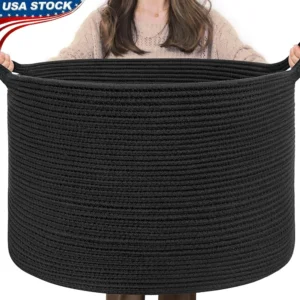1. Introduction to the Art of Basket Weaving
Basket weaving stands as one of humanity’s oldest and most versatile crafts, transcending continents and cultures for thousands of years. These humble containers have played crucial roles throughout human history, serving as essential tools for storage, transportation of goods, and even ceremonial purposes in various societies worldwide.
Archaeological discoveries have revealed baskets dating back more than 10,000 years, demonstrating how this practical art form has been integral to human civilization since ancient times. What’s particularly fascinating is the recent resurgence of interest in basket weaving, as modern artisans and hobbyists rediscover its appeal as both a sustainable craft and meaningful artistic expression.
In this comprehensive guide, we’ll explore the four fundamental basket weaving styles that form the backbone of this ancient craft:
- Coiled basketry
- Plaiting basketry
- Twining basketry
- Wicker basketry
Each style offers unique characteristics, applications, and aesthetic possibilities that we’ll examine in detail. Whether you’re considering basket weaving as a hobby or simply appreciate the artistry behind these functional objects, understanding these techniques enhances your appreciation of the craft. The practical aspects of organizing laundry wicker baskets in your home becomes more meaningful when you understand the craftsmanship behind them.
If you’re new to this craft, our beginner guide to basket weaving offers additional resources to help you get started with confidence.
2. Essential Basket Weaving Terminology for Beginners
Before diving into specific weaving styles, familiarizing yourself with key terminology will make learning the craft much easier. Here are the essential terms every basket weaver should know:
Structural Elements
* Stakes – Vertical elements that form the foundation of a basket
* Spokes – Radiating elements that extend from the center of the base
* Ribs – Curved structural elements that give shape to certain basket styles
* Base – The bottom of the basket where the weaving begins
* Rim – The upper edge or border of a basket
Weaving Elements
* Weavers – The flexible materials woven through the structural elements
* Weft – Horizontal elements in the weaving (typically the flexible material)
* Warp – Vertical elements in the weaving (typically the rigid material)
* Slath – A flat, thin strip used in plaiting techniques
Action Terms
* Upsetting – Bending the spokes upward to form the sides of a basket
* Waling – A sturdy weaving technique that secures and strengthens basket structure
* Randing – Basic over-and-under weaving with a single weaver
* Twining – Twisting two or more weavers around structural elements
Finishing Terminology
* Border – Decorative or strengthening finish at the top edge
* Lashing – Binding technique used to secure rims and handles
* Tucking – Method of finishing and hiding weaver ends
Understanding these terms provides the foundation for interpreting instructions and techniques used in creating various baskets. Our collection of wicker baskets showcases many of these structural elements in finished form.
3. The Four Foundational Basket Weaving Styles
3.1 Coiled Basketry
Coiled basketry involves continuously wrapping a flexible material around a solid core or previous row, creating a spiral pattern that grows outward and upward. The foundation core typically consists of bundled grasses, pine needles, or similar materials, while the binding element might be raffia, thread, or thin plant fibers.
What makes coiled baskets distinctive is their tight, spiral appearance and the opportunity for intricate stitch patterns. Materials commonly used include pine needles, sweetgrass, raffia, and various grasses, each lending its own texture and character to the finished piece.
Native American tribes of the Southwest and various African cultures have developed coiled basketry to a high art form, often incorporating symbolic patterns and designs. For beginners, coiled basketry can be accessible because it requires relatively few tools, though achieving tight, even stitches takes practice and patience.
For a more in-depth exploration of this technique and others, our guide to the 4 main types of baskets offers comprehensive details about each style’s unique characteristics.
3.2 Plaiting Basketry
Plaiting involves weaving elements over and under each other in various patterns, similar to braiding hair or weaving fabric. This technique typically uses flat, ribbon-like materials that are flexible yet maintain their shape.
The most common plaiting pattern is the simple over-one-under-one checkerboard, but more complex variations include diagonal plaiting and twill plaiting (over-two-under-two or other combinations), which create distinctive diagonal lines or herringbone patterns.
Materials well-suited for plaiting include palm fronds, yucca leaves, flat reed, split cane, and even paper strips. Many indigenous cultures across the Pacific, including Hawaiian, Maori, and Filipino traditions, have developed sophisticated plaiting techniques for both baskets and mats.
Plaiting is often recommended for beginners because the basic pattern is straightforward to learn, though keeping even tension and straight lines requires practice.
3.3 Twining Basketry
Twining involves pairs or groups of flexible weavers that twist around vertical structural elements. With each twist, the weavers enclose a spoke or stake, creating a sturdy and often tight weave that can be varied for different effects.
Variations include simple twining (two weavers), three-strand twining (greater strength and decorative potential), and diagonal twining (creating diagonal patterns across the basket). Materials traditionally used include tree roots, willow shoots, nettle fibers, and in modern applications, yarn or cord.
Native American tribes of the Pacific Northwest are particularly renowned for their twined baskets, creating watertight containers using this technique. Some twined baskets are so tightly woven they can hold water or even be used for cooking.
Twining requires more dexterity than some other techniques, as the weaver must maintain consistent tension while twisting multiple elements. However, once mastered, it offers tremendous versatility for creating sturdy, functional baskets.
3.4 Wicker Basketry
Wicker basketry involves weaving horizontal elements (weavers) through a series of vertical elements (stakes), creating a sturdy framework. This technique produces the classic basket style most commonly recognized in Western cultures.
The basic structure of a wicker basket begins with a solid base from which stakes extend upward. Weavers are then interlaced through these stakes in various patterns, including randing (over-one-under-one), waling (strengthening rows), and decorative variations.
Traditional materials for wicker basketry include willow, reed, cane, and split oak, though contemporary basket makers also use plastic-coated paper, recycled materials, and other modern alternatives.
Wicker basketry has been particularly prominent in European traditions, with regional styles developing across the continent. This technique creates versatile, sturdy baskets suitable for everything from market shopping to storage. For practical examples, browse our selection of wicker baskets with handles that demonstrate this classic construction method.
While learning wicker basketry can be challenging initially due to the need for material preparation and managing multiple stakes, it offers tremendous versatility for creating functional baskets of various shapes and sizes.
4. Exploring Specialized Basket Weaving Techniques
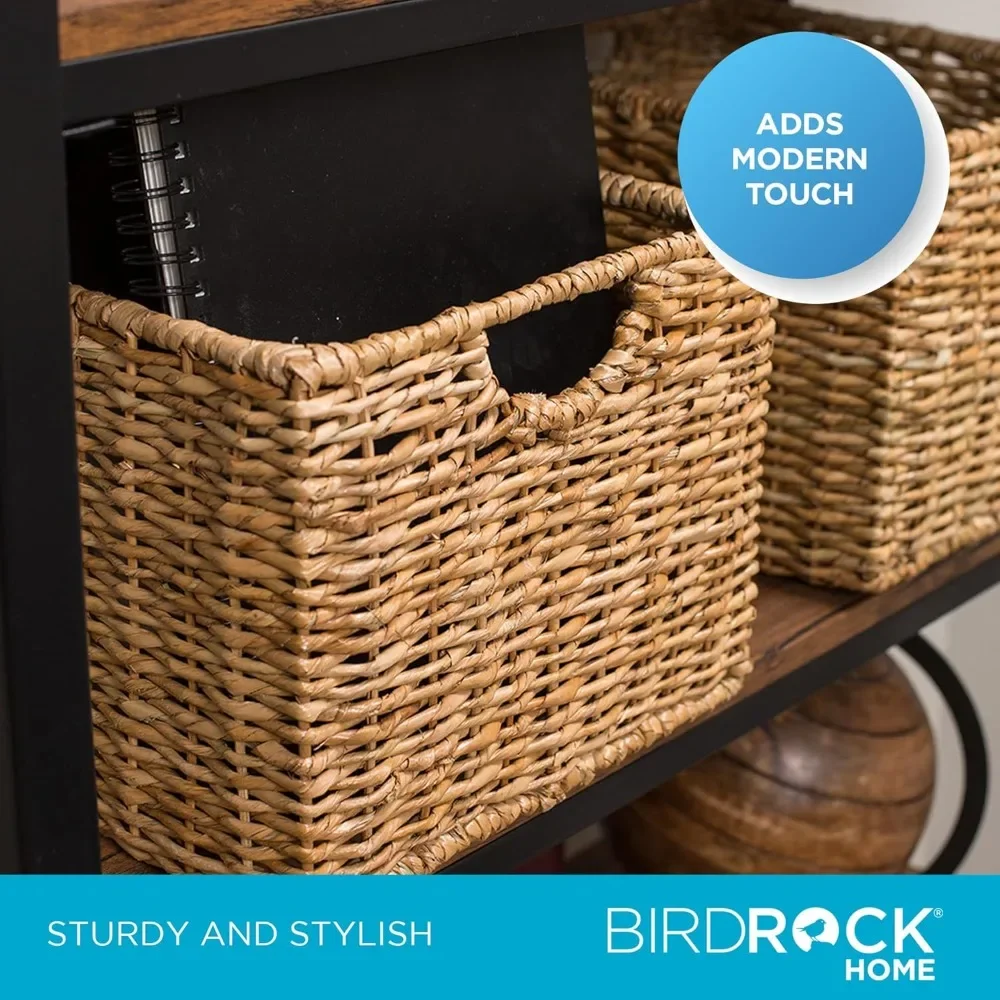
4.1 Plain Weave and Variations
The plain weave, also known as randing, forms the foundation of many basket styles. This basic over-one-under-one pattern creates the familiar checkerboard appearance seen in many traditional baskets. While simple in concept, mastering even tension and spacing takes practice.
Twill weave variations add complexity and visual interest by following patterns such as over-two-under-two or over-three-under-one. These patterns create diagonal lines that can form diamonds, chevrons, or other geometric designs. The structure of twill weaves also typically results in a stronger, denser basket than plain weave alone.
The visual effects of these pattern variations can be dramatic, especially when using materials of different colors or textures. Traditional Japanese bamboo baskets often showcase extraordinarily complex twill patterns, demonstrating the artistic possibilities within what seems like a simple technique.
For those interested in learning these techniques hands-on, our collection of DIY wicker basket weaving tutorials offers step-by-step guidance for beginners and intermediate weavers alike.
4.2 Structural Weaving Techniques
Triple-rod wale (or three-rod wale) uses three weavers worked together to create extra sturdy rows. This technique is often used at the base of a basket and at intervals throughout the sides to add strength and stability. The resulting “track” is visually distinctive and provides structural integrity.
Continuous chase weave involves weaving several rods simultaneously around the basket, following one another in a continuous “chase.” This creates smooth, flowing lines and is particularly effective when using materials of different colors to create spiral patterns.
Rib construction methods use bent wooden elements as the primary structure, with weaving filling the spaces between ribs. This approach allows for the creation of curved shapes that might be difficult to achieve with other techniques, such as egg baskets and traditional Appalachian white oak baskets.
These structural techniques are often combined within a single basket, with sturdier methods used at stress points and lighter techniques in between.
4.3 Decorative Weaving Techniques
Start-and-stop weaving allows for the introduction of color changes and patterns by ending one weaver and beginning another at strategic points. This technique is essential for creating pictorial designs, letters, or distinct color blocks within a basket.
Random weaving abandons the ordered structure of traditional techniques, instead allowing materials to cross and intersect in spontaneous ways. This approach creates artistic, sculptural baskets with a contemporary feel, often leaving open spaces between the crossed materials.
Hexagonal plaiting creates distinctive six-sided openings in the weave, resulting in a more open, lacy appearance. This technique is particularly effective for decorative baskets and lampshades where light can filter through the openings.
For those interested in exploring natural materials with these techniques, our natural basket weaving guide provides information on sourcing and preparing various plant fibers.
5. A Guide to Basket Weaving Materials
The materials used in basket weaving significantly influence the basket’s appearance, durability, and suitability for specific purposes. Here’s a breakdown of common materials by category:
Plant-Based Materials
* Reed – The inner pith of rattan palm, commonly available in various widths; excellent for beginners
* Willow – Flexible branches that can be used fresh (green) or dried; creates sturdy, traditional baskets
* Pine Needles – Ideal for coiled basketry; creates textural, aromatic baskets
* Sweetgrass – Fragrant grass used in coiled and plaited baskets by many Native American tribes
* Raffia – Fiber from raffia palm leaves; excellent for coil stitching and decorative work
* Split Oak – Traditional material for sturdy utility baskets; requires special preparation
* Bamboo – Split or whole; creates strong, lightweight baskets
Synthetic and Alternative Materials
* Paper Rush – Twisted paper cords, often with waterproof coating
* Plastic Strips – Weather-resistant option for outdoor baskets
* Recycled Materials – Newspaper, plastic bags, fabric strips, etc.
* Wire – Creates sculptural baskets and frameworks
Material Preparation Methods
* Soaking to increase flexibility
* Splitting to achieve desired width
* Stripping bark (for some woods)
* Boiling or steaming to aid bending
The key to successful basket weaving lies in matching your material to your chosen technique and intended use. For example, coiled basketry works beautifully with pine needles but would be challenging with flat reed. Similarly, the tight twining needed for a water container requires materials that can achieve close spacing.
Our selection of rattan baskets demonstrates the versatility and beauty of this popular natural material when shaped by skilled artisans.
6. Getting Started: Choosing Your First Basket Weaving Style
For beginners, choosing the right first project can make the difference between frustration and satisfaction. Here are some factors to consider when selecting your initial basket weaving style:
- Simplicity – Start with basic techniques before attempting complex patterns
- Material availability – Choose styles using materials you can easily source
- Time commitment – Small projects provide quicker satisfaction
- Tools required – Begin with styles needing minimal specialized tools
For most beginners, these basket styles offer accessible entry points:
- Simple plaited basket – Uses flat materials in an over-under pattern
- Basic round reed basket – Introduces stake-and-weaver construction
- Coiled pine needle basket – Requires few tools and builds gradually
Essential tools for getting started include:
- Sharp scissors or craft knife
- Measuring tape
- Spray bottle for water
- Clothespins or clips for holding elements
- Awl or weaving tool for separating stakes
Common beginner challenges include maintaining even tension, creating symmetrical shapes, and finishing edges neatly. Practicing on smaller projects allows you to perfect techniques before tackling more ambitious baskets.
For more information about getting started, explore our guide to essential tools for basket weaving which details everything you’ll need to begin your journey into this rewarding craft.
7. How Different Basket Styles Serve Various Functions
The structure and technique used to create a basket directly influence its suitability for specific purposes. Understanding these relationships helps in selecting or creating the perfect basket for each need:
Tightly twined baskets with minimal spacing between weavers create containers that can hold small items or even liquids. These techniques are ideal for kitchen storage, gathering small fruits, or decorative containers for tiny objects.
Sturdy wicker baskets with reinforced handles excel at carrying heavy loads. Traditional market baskets, harvest baskets, and modern laundry baskets use these techniques to create durable containers that withstand regular use and substantial weight.
Open-weave baskets allow for air circulation, making them perfect for collecting fruits and vegetables from the garden, storing onions and garlic, or displaying fresh flowers. The spaces between weaving elements provide ventilation that helps preserve contents.
Coiled baskets with their tight, solid construction offer excellent protection for delicate items and often feature decorative elements that make them suitable as display pieces or gift containers.
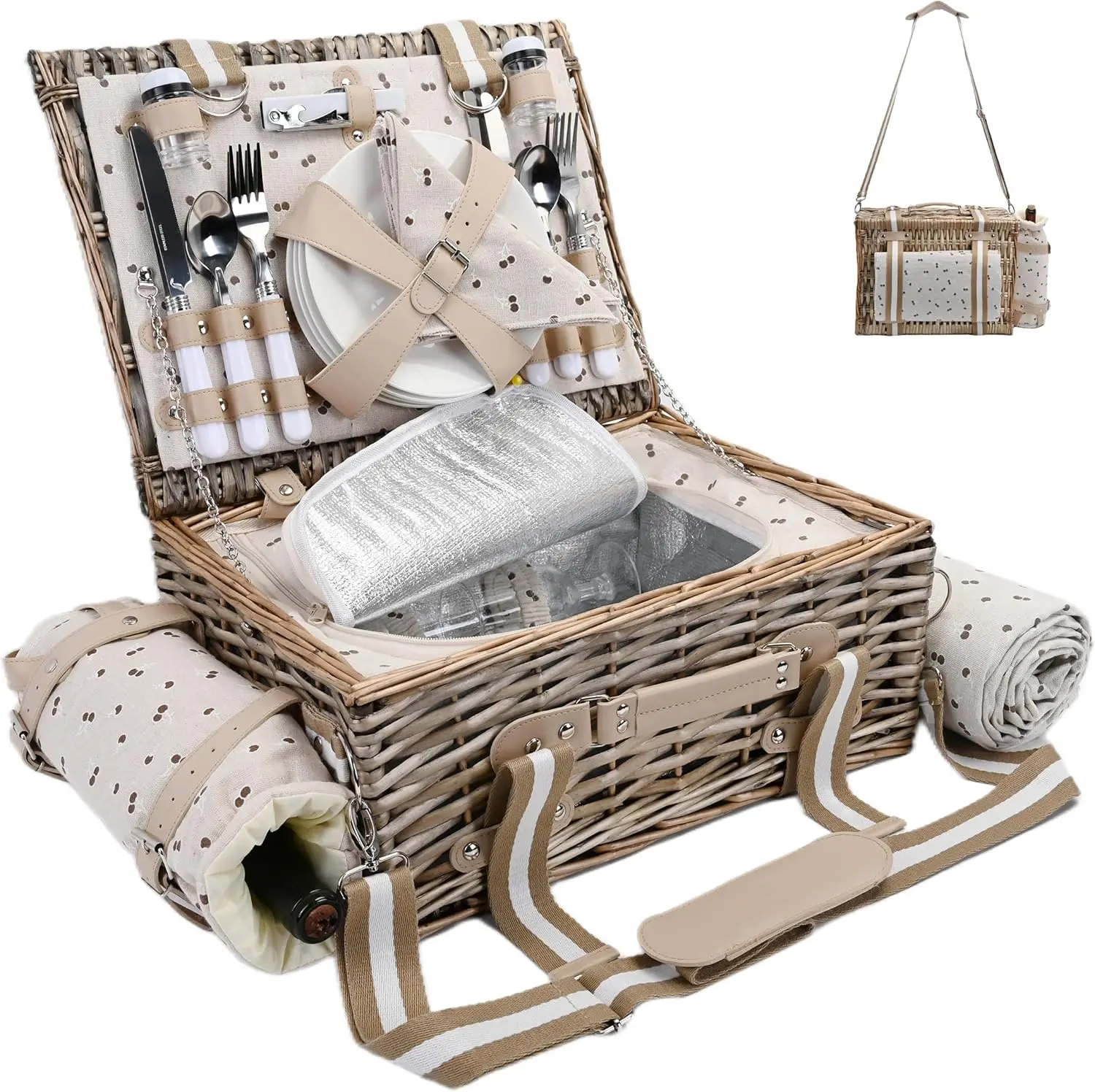
For specific functional needs, our specialty baskets collection features purpose-designed containers that demonstrate how weaving techniques have been adapted to meet particular requirements.
8. Preserving Traditional Basket Weaving Techniques in Modern Times
The preservation of traditional basket weaving techniques represents more than just maintaining craft skills—it’s about honoring cultural heritage and indigenous knowledge that has been passed down through generations. Many basket weaving traditions encode cultural stories, community values, and historical experiences through patterns, materials, and construction methods.
Today, cultural centers, museums, and educational institutions work to document and teach these traditional techniques before they are lost. Master basket weavers from various cultural traditions share their knowledge through workshops, apprenticeships, and educational programs.
Contemporary basket makers are also finding ways to adapt ancient techniques for modern contexts, creating pieces that honor tradition while meeting contemporary needs. This innovation includes using traditional weaves for modern home décor items or incorporating sustainable harvesting practices that weren’t necessary when materials were more abundant.
From an environmental perspective, basket weaving represents a sustainable craft that uses renewable materials and creates long-lasting products. Understanding the differences between wicker versus woven laundry baskets helps consumers make informed choices about these traditional crafts in modern homes.
9. Where to Find Basket Weaving Resources and Communities
For those interested in developing their basket weaving skills, numerous resources can provide guidance and community support:
- Books and Publications – From beginner guides to specialized technique manuals focusing on specific cultural traditions or advanced methods
- Video Tutorials – Online platforms offer visual instruction for various techniques, often showing hand movements that can be difficult to describe in text
- Workshops and Classes – Hands-on learning with experienced instructors, available through craft centers, botanical gardens, and cultural institutions
- Basket Weaving Guilds – Local and national organizations that offer classes, exhibitions, and community connections
- Social Media Groups – Online communities where basket weavers share techniques, challenges, and finished projects
- Fiber Arts Festivals – Events celebrating various fiber crafts, often including basket weaving demonstrations and vendors selling materials
These resources not only provide technical instruction but also connect weavers with the broader community and traditions of this ancient craft.
10. Transforming Your Home with Handcrafted Baskets from Tidy Treasure
Well-crafted baskets bring both beauty and function to home environments, transforming everyday storage needs into design opportunities. Premium wicker and rattan baskets add texture, warmth, and natural elements to any room while providing practical storage solutions.
The quality of basket construction significantly impacts both its aesthetic appeal and longevity. Expert weaving techniques create even patterns, sturdy structures, and refined finishes that distinguish exceptional baskets from basic containers. These details—tight, consistent weaving; smooth, finished edges; and sturdy reinforcements at stress points—reflect the craftsperson’s skill and attention to detail.
Black Wicker Baskets, Rattan Storage Baskets, Tall Wicker Baskets, Wicker Shelf Baskets, Woven Storage Baskets
5-Tier Distressed Black Wood Frame Storage Tower with Removable Wicker Baskets for Home Organization$715.80 Select options This product has multiple variants. The options may be chosen on the product pageWicker Laundry Baskets, Woven Laundry Baskets, Woven Storage Baskets
$392.02 Select options This product has multiple variants. The options may be chosen on the product pageRattan Shelf Baskets, Rattan Storage Baskets, Small Wicker Baskets, Square Wicker Baskets
Square Plastic Wicker Storage Baskets Set of 3 with Collapsible Design for Cube Storage Organization$185.47 Select options This product has multiple variants. The options may be chosen on the product pageWicker Baskets with Handles, Wicker Storage Baskets, Woven Storage Baskets
$137.92 Select options This product has multiple variants. The options may be chosen on the product pageLarge Wicker Laundry Baskets, Tall Wicker Baskets, Woven Laundry Hampers, Woven Storage Baskets
$130.54 Select options This product has multiple variants. The options may be chosen on the product pageWicker Blanket Baskets, Woven Laundry Baskets
$89.60 Select options This product has multiple variants. The options may be chosen on the product page
Baskets demonstrate remarkable versatility across different home environments. In bathrooms, they organize toiletries and linens while adding natural warmth to typically hard-surfaced spaces. In living areas, they corral remote controls, store magazines, or display plants. In bedrooms, they can manage everything from slippers to reading materials, while in entryways they create designated spots for items often misplaced.
The natural materials and artisanal quality of handcrafted baskets align perfectly with Tidy Treasure’s philosophy that organizational tools should enhance your home’s beauty rather than detract from it. For creative inspiration on incorporating these versatile containers throughout your home, explore our guide to wicker laundry basket storage ideas that demonstrates practical applications beyond just laundry.
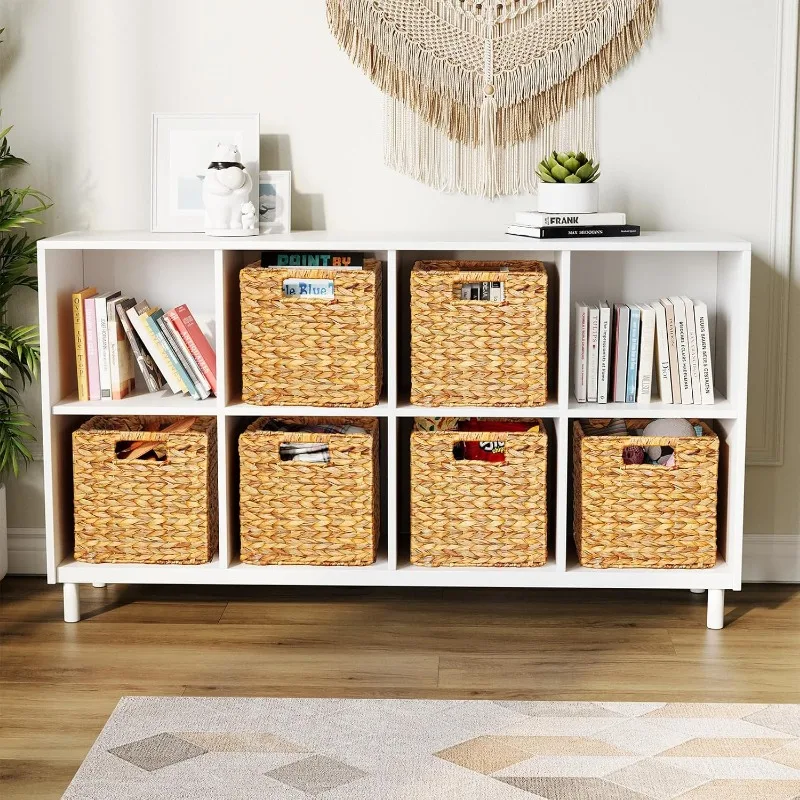
11. Common Questions About Basket Weaving Styles
Is basket weaving difficult to learn?
Basket weaving offers entry points for all skill levels. Beginning with simple techniques like basic plaiting or coiling allows newcomers to achieve success quickly. Like any craft, mastery develops over time as you practice maintaining consistent tension and even weaving patterns. Many people find the rhythmic nature of basket weaving both accessible and meditative.
What defines a high-quality handwoven basket?
Quality baskets demonstrate consistent weaving tension throughout, creating even patterns without gaps or bulges. The finishing work—how the rim is completed and how ends are tucked away—often distinguishes fine baskets. Structural integrity matters too; the basket should maintain its shape when handled and show reinforcement at stress points like handles. For practical home use, the best wicker baskets for laundry organization combine these quality markers with functional design.
Which basket weaving styles are most durable for everyday use?
Wicker and twined baskets typically offer the greatest durability for heavy use. Wicker baskets with reinforced bases and rims stand up particularly well to weight and frequent handling. Tight twining creates strong, long-lasting containers that resist deformation. For baskets that will see heavy use, materials like reed, willow, and split oak provide natural strength and resilience.
What types of materials work best for beginners?
Reed, particularly flat reed and round reed, provides an excellent starting material because it becomes pliable when soaked but holds its shape when dry. Paper rush offers similar benefits and often comes pre-colored for decorative work. For coiled basketry, raffia paired with a core material like pine needles allows beginners to focus on stitch consistency without fighting stiff materials.
12. Basket Weaving as a Sustainable Craft Activity
Basket weaving stands as one of the most environmentally friendly crafts available today, connecting practitioners to sustainable practices that humans have used for thousands of years. Unlike many modern hobbies that require manufactured supplies, basket weaving can utilize locally sourced natural materials from sustainable harvests.
Many basket weavers develop relationships with their material sources—harvesting willow from managed beds, collecting pine needles from forest floors, or gathering rushes from wetland areas using responsible methods that allow regrowth. This connection to materials fosters an appreciation for natural cycles and sustainable harvesting practices.
The environmental benefits extend to the finished products as well. Handcrafted baskets offer durable, biodegradable alternatives to plastic storage containers, with many well-made baskets lasting decades or even generations with proper care. By choosing woven storage baskets made from natural materials, consumers support sustainable practices while bringing beautiful, functional pieces into their homes.
As interest in sustainable living continues to grow, basket weaving provides both a meaningful hobby and a way to create practical items that reduce reliance on mass-produced plastic alternatives—truly a craft that connects ancient wisdom with contemporary environmental concerns.

